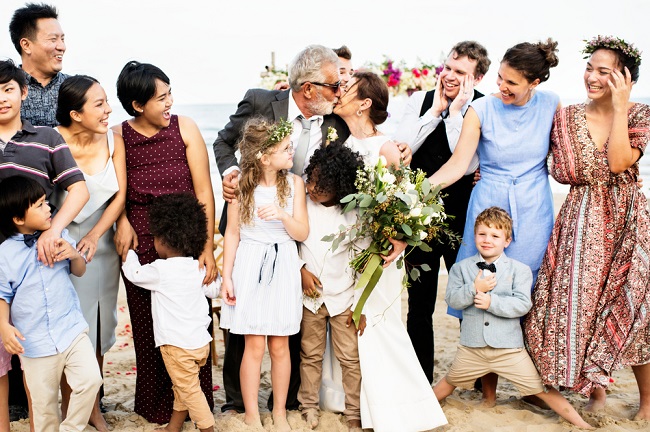Estate planning for blended families can be quite challenging and can make spouses wish they had signed a premarital agreement to address these concerns prior to getting married. For example, if a woman with two children marries a wealthy man with two children of his own, the woman may believe that they have a blended family and that the assets should be split equally between all four children. On the other hand, the man may believe that his wife’s children have their own father who needs to provide an inheritance for them. Ideally, the couple should have addressed these issues prior to marriage, but oftentimes, when a couple marries, they’re not thinking about what should happen after both of them pass away.
Generally speaking, if there is friction from an estate plan involving a blended family, the friction will be tied to the stepmother’s actions after the father’s death. This is because women generally outlive men and there’s often not a strong bond between a stepmother and her adult stepchildren. With that said, here are some estate planning tips that may lessen the friction following the death of parent.
1. Sign a disposition of remains form appointing one person to make decisions regarding issues like burial. Children from the man’s first marriage may believe that their father’s remains should be buried next to his deceased wife, but the surviving spouse may not be OK with this. If the husband makes no prior arrangements, his surviving spouse will have 100% of the control over these decisions and his children won’t have any legal authority to make any decisions or to be part of the conversation. The worst-case scenario is where the surviving spouse seeks to avoid conflict with the children by not providing any information about the burial or funeral arrangements.
2. Make it clear whether the surviving spouse has the authority to do whatever she wants with the assets coming to her upon her spouse’s death. Oftentimes, a couple will establish an estate plan in which the surviving spouse receives all of the joint assets and is free to do whatever she’d like with these assets. In this situation, it shouldn’t be surprising if a mother favors her biological children and ultimately distributes these assets during her lifetime to her own children, rather than the stepchildren, after the death of her spouse.
3. If one spouse comes in with all of the assets, make sure this is well documented, particularly if the estate plan favors the children of the monied spouse. If the surviving spouse is the spouse whose work or inheritance is responsible for the assets, it shouldn’t be surprising if that spouse believes that it is fair to distribute more heavily to his or her children. This is particularly true if the monied spouse is a stay-at-home mother who received her assets through an inheritance. If this is not well documented, the assumption of the children of the non-monied spouse will be that their father worked and the step-mother did not work. With this belief comes the erroneous expectation that the assets were the fruit of their father’s labor and should belong to them.
4. Irrevocable trusts can be a useful tool to consider. If a couple is serious about making sure that assets are distributed to the children of the first spouse to pass, then the couple has three options: (1) give assets to the children at the death of their biological parent, to the detriment of the stepparent; (2) place assets in trust at the death of the first spouse and select an independent trustee to control the distributions so that the surviving spouse doesn’t simply empty this trust; or (3) purchase life insurance and name the biological children of the first spouse to pass away as beneficiaries.
5. Address ahead of time how much information that the children should receive upon the death of their biological parent. Without this discussion, the biological children can often feel kept in the dark after the death of their parent. If all of the deceased parent’s assets pass to the stepparent with the understanding that assets will be split among the blended family after both spouse’s pass away, it’s highly likely that the children will receive very little information and this will cause conflict.
Finally, please keep in mind that the above discussion is just the tip of the iceberg regarding the items to consider with regard to blended families. The best scenarios involve communication, transparency, and addressing the issues ahead of time.
Need help with estate planning for your blended family? Schedule an introductory appointment here.

